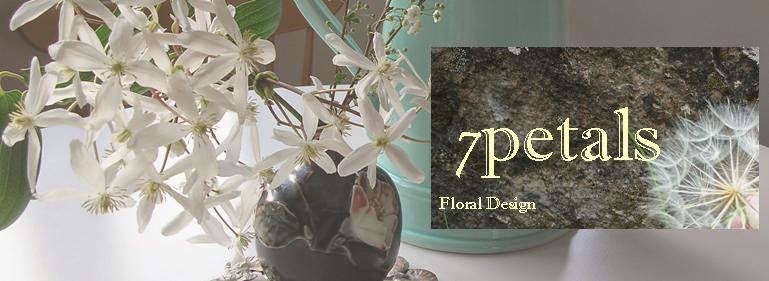It's been busy since the holidays, a sort of multi- disciplinary chapter of life- now that no one has the flu (knock wood, knock, knock...). After finishing a painting commission, I'm working on a garden landscaping project for shade loving, low water plants. And finally a Floral/Design website is in the works. It will born soon- this spring? It's been a huge mental hurdle to begin and I'm so grateful to be getting some help with it. Flower wise, Max (my friend and creative cohort ) and I are working on a big wedding coming down the road later. Some more floral workshops are coming up soon. Stay tuned!
The Latin name for the Christmas or Lenten Rose is Hellebore.
These are evergreen, shade loving, flowering plants that will grow most anywhere in the country. They take hard winters and our milder Mediterranean climate. They are one of the first flowers of spring or can show up as early as Christmas. The plants hug the ground and their flowers tend to nod over, so their beauty is often overlooked. But if you can give them a little height or bring them in for cut flowers, you're almost there- tip- toeing down the path of serious hellebore addiction. For even the most simple looking hellebore, each flower goes through several phases, changing color as it ages, the inner flower falling away and leaving the sepals or bracts. It just doesn't seem there's is a time when it's not doing something interesting, even when the bracts are old, lingering on the plant for a long time.
Visit Cottage Growers is in Petaluma. It is a destination garden nursery. They have an amazing selection now.
http://cottagegardensofpet.com/
But truly,the guru of hellebores is a kind of a mad (in the best way), brilliant plant scientist living in the hills of West Virginia. His name is Barry Glick of Sunshine Farms.
I had the pleasure of chatting with him last year and he's very entertaining and passionate about his work. He has an incredible collection of plants he offers for sale, but hellebores rule.
http://www.sunfarm.com/



